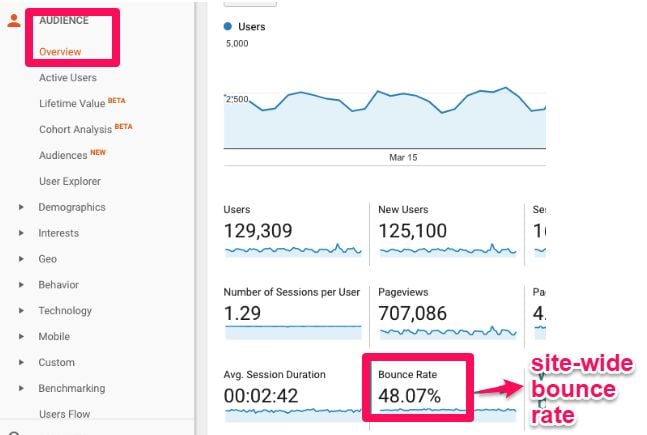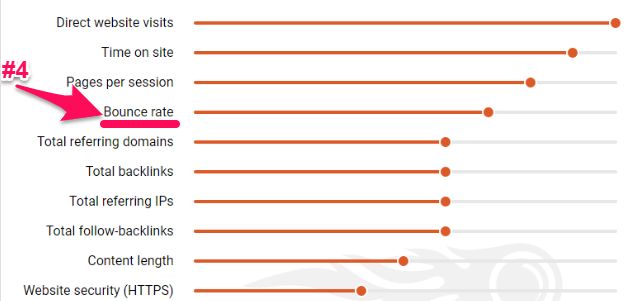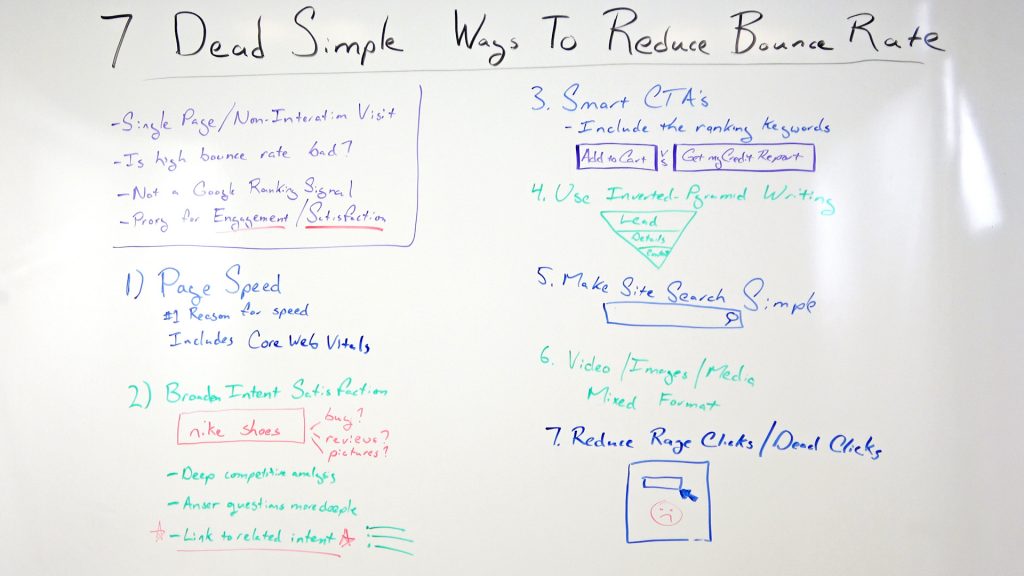Bounce Rate: What Is It and What Is a Good Number?

By Neil Patel
It’s common knowledge that a high bounce rate is bad, and a low rate is good.
Every time you log into your Google Analytics account, it’s right there waiting for you.
Seeing that number creep up makes you wonder what is going wrong.
The problem is, those numbers can be misleading.
After all, how high is too high, really?
This post will show you how to fully measure and analyze your bounce rate. That way, you’ll know if it’s actually too high for your industry or if it’s perfectly normal.
I’ll also share strategies to audit your bounce rate and understand what’s driving it up.
I’ll also tell you some of my secrets for lowering your bounce rate.
But first, let’s talk about exactly what a bounce rate is and why you should care.
What is a Bounce Rate and Why Does it Matter?
A “bounce” occurs when someone visits your website and leaves without interacting further with your site. Your bounce rate shows the percentage of your visitors who bounce off your site.
What do we mean by “interacts further?” By default, Google counts people who only visit one page on your site as a bounce. If they visit at least two pages, you’re good!
The bounce rate in the overview report on Google Analytics is your site-wide bounce rate.

Note: Google is sunsetting this version of Google Analytics (now called Universal Analytics). As of July 1, 2023, it will stop processing new data, so make sure you’ve set up GA4 to start gathering data now.
It’s the average number of bounces across all your pages divided by the total number of visits across all those pages within the same period.
You can also track the bounce rate of a single page, segment, or section of your site.
Once we start looking at the different segment reports, I’ll show you how to see this info.
The bounce rate of a single page is exactly what it sounds like. It’s the total number of bounces divided by the total number of visits on a page.
This infographic answers the most-asked questions about bounce rates and tips to help you improve your bounce rate.

No matter your site type, you may want to implement a segmented bounce rate.
Why?
Your blog posts may have a very different average bounce rate than your product pages, demo pages, or even your About page.
We’ll get into the details later; just know that segmenting can help you better understand your website bounce rate.
So, why is bounce rate important?
In 2017, Semrush reported that bounce rate was Google’s fourth most important ranking factor.

However, Google does not currently use bounce rate in its algorithm …read more
Source:: Kiss Metrics Blog










